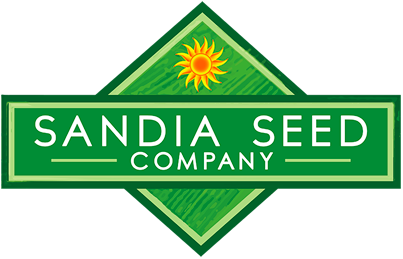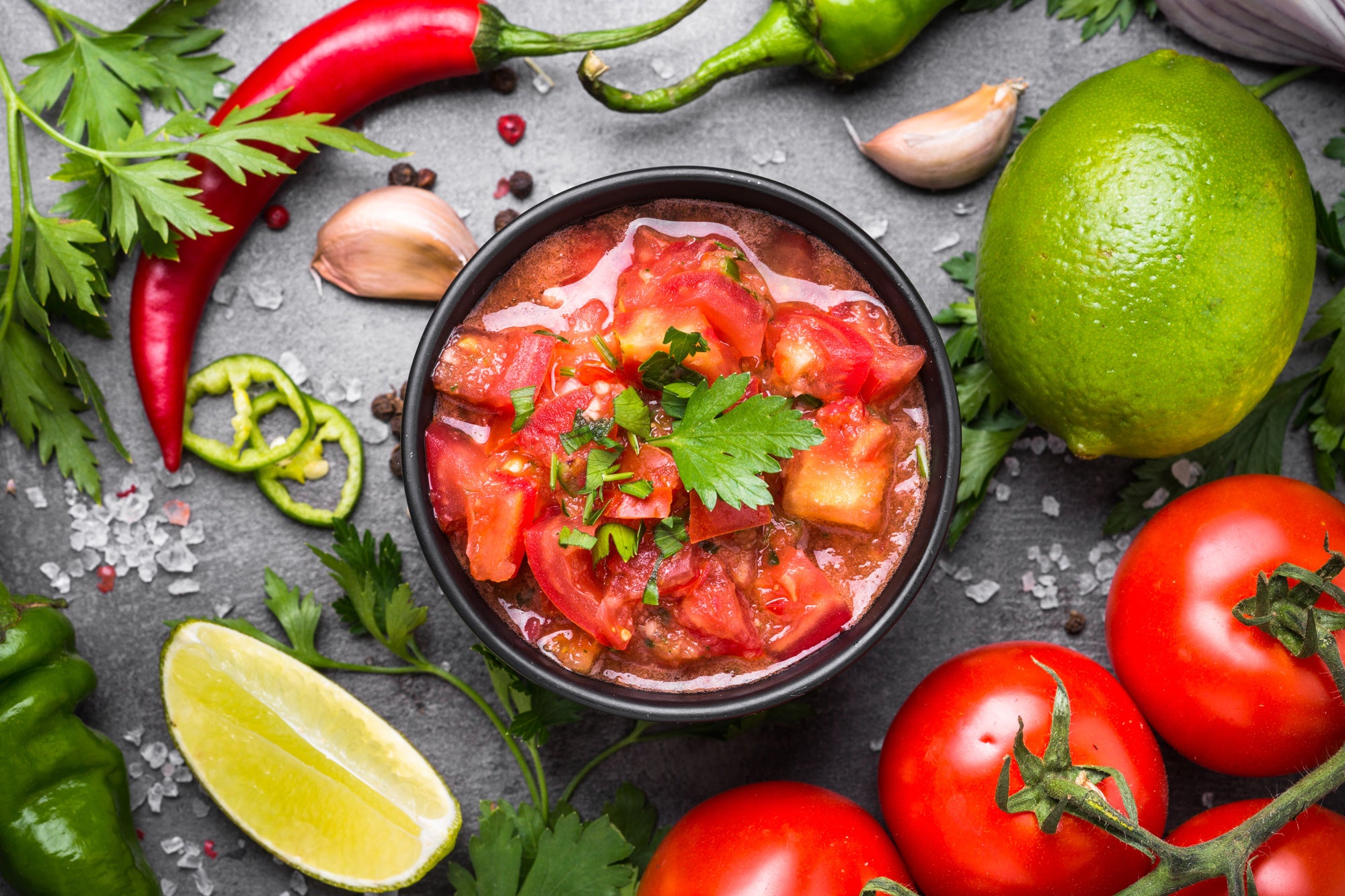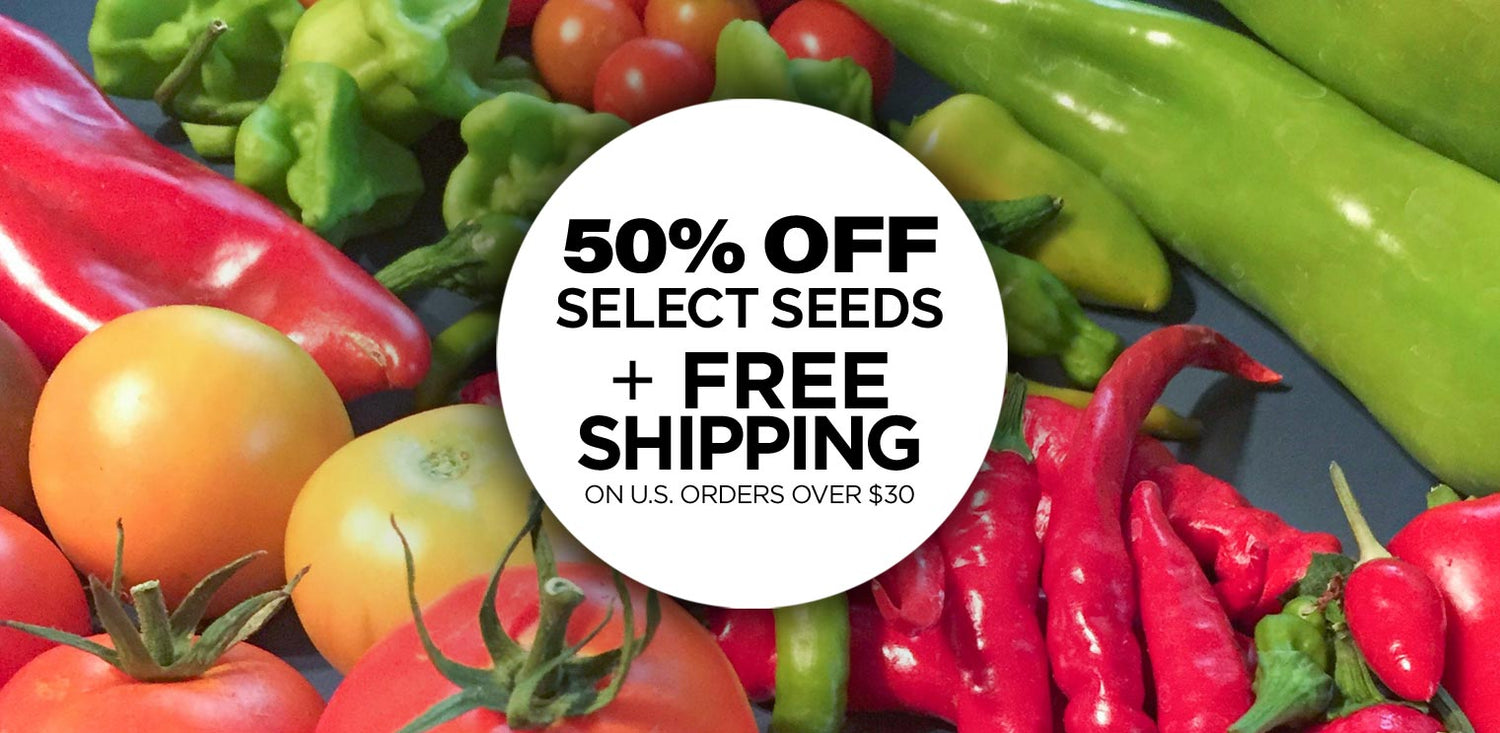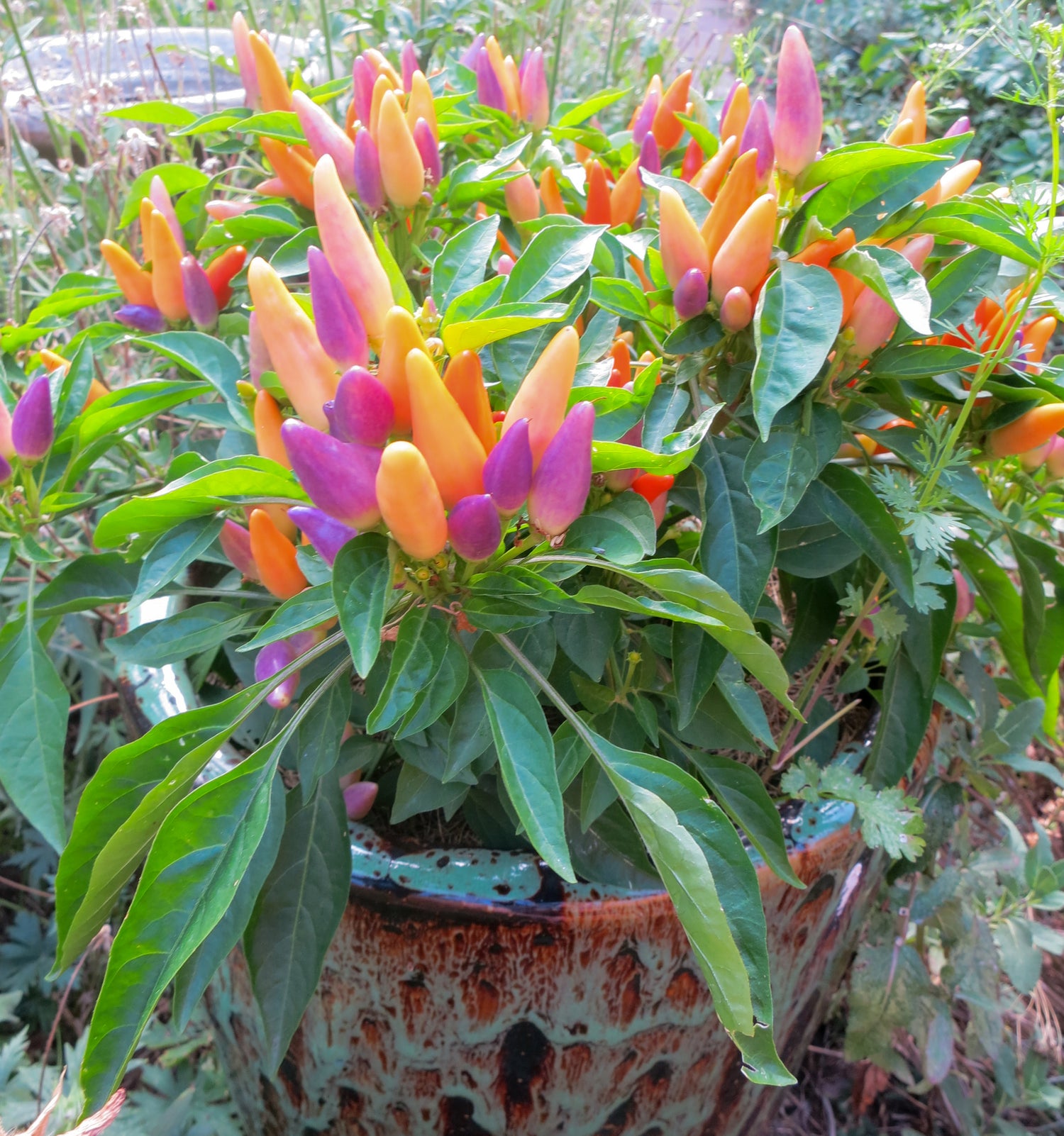
How to Transplant Pepper Plants
Whether you started your own pepper seeds, or if you're transplanting peppers from the garden center, here are our top tips for best success. Transplanting peppers is a simple process, though there are a few tricks to help your pepper transplants thrive.
1. Make sure to harden off your seedlings first! This simply means to bring indoor-started pepper plants outside and expose them to the sun gradually. This will help avoid transplant shock.
2. Create Labels - if you're growing more than one variety of pepper, it's very wise to label all your transplants so that you can tell which is which! This is especially important with hot peppers, you don't want to cut up a hot pepper to put on a salad unknowingly (unless you like that sort of thing like us! haha!) When creating labels, using a grease marker or pencil will work better than regular markers which can fade in the sun over the winter.
3. Prepare the soil for transplanting: You can plant peppers in containers, or in a garden bed. We like to mix in some homemade compost into the soil first to help feed the pepper plants. Make sure your soil is well draining as peppers don't like soggy feet! This is especially important with containers, use a fast-draining potting soil mix (don't use garden soil or top soil in containers).
4. Dig a hole larger than the root ball of your pepper, then gently remove the pepper from it's container, loosen the soil and roots, then place into the hole and fill the soil in around the plant. You can bury it so that the soil is level with the pepper transplants' cotyledon leaves – their first two leaves – you can pinch these off as well when transplanting. Gently pack down the soil and add more if needed. Make sure to pick a spot that is full sun (at least 6 hours of sun a day). We also recommend pinching off any blossoms or pods on your transplants so that the plant will put more energy into growing roots and leaves instead of fruit.
5. Water-in Pepper Transplants: Use a rain nozzle or watering can to gently water in your transplanted peppers. This will help settle in the soil around the roots.

When to Fertilize Pepper Seedlings
It's good to fertilize peppers when they are around three inches tall after sprouting. Once planted in the garden, you can rely on homemade compost to help fertilize and feed the soil, or we also like to use slow-release organic fertilizers, and liquid fertilizers such as Kelp or Fish fertilizers every few weeks in the garden.
Don't over-fertilize your pepper plants with Nitrogen, especially later in the season, as too much nitrogen will result in a bushy plant without blossoms or fruit.
When to Thin Pepper Seedlings
We like to thin pepper seedlings after they sprout, you can even gently pull out the extras and plant into their own pods when very young, if you don't want to throw away (or compost) the extras!
How Deep to Transplant Pepper Seedlings
We like to plant peppers so that the soil is level with their cotyledon leaves, also known as their sprouting leaves (the first two leaves).
Pepper Plant Transplant Shock
Peppers can be shocked if you don't acclimate them to the outdoors first before transplanting outside after starting them indoors. We like to harden off seedlings over a series of days first to get them used to the strong sunlight and breezes. It is also good to transplant pepper plants on an overcast day, or in the early morning or evening so they have some time to settle in without the hot sun burning down on them.
Pepper Transplant Temperature
Ideally, peppers like the temperatures to be above 50-60˚ F consistently, so it's good to wait until it's warmed up before transplanting them outdoors. That said, transplanting them in the early morning, evening, or on overcast days can help them settle in better than if planted in direct sun in the middle of a hot day. Can peppers survive 40˚ temperatures?
How big should pepper plants be before transplanting?
Ideally, pepper plants should be at least 4-6" tall before transplanting into your garden. They can also be larger of course, If your plants are outgrowing their containers and becoming root bound, but it's not warm enough to plant outside yet, transplant them into deeper larger containers if you can so they can continue growing until it's time to get them ready to plant outside. Also be sure to wait until it's properly warmed up before planting outdoors, peppers don't like temperatures below 50˚ F, so wait until the nights and day temperatures are warm enough to avoid stunting your pepper transplants' growth.
Do pepper plants like to be in pots or ground?
They like both! We find that larger varieties, such as Hatch chile or Bell Peppers, are better suited when planted in the ground. However, all peppers can be grown in containers – just make sure your container is big enough. We like to plant peppers in pots that are at least 5 gallons or larger in size, the larger the pot, the easier it is to maintain consistent moisture levels as well as allowing for deep roots. Check out some of our favorite peppers to grow in containers.
How hot is too hot for pepper plants?
While peppers like hot weather, temperatures above 90˚ F will often cause the pepper plants to drop their blooms and they may slow down growth. You can provide them with a shade cloth on super hot days to help them thrive until temperatures return below 90˚ F if desired.
Peppers, especially bell peppers, also tend to get sunburned so if you provide some shade on super hot days, it will help prevent this. Healthy pepper plants are bushy so the leaves help protect the peppers from the sun, but if you have a lot of exposed bell peppers on plants, protecting them by providing a shade cloth can help keep them from getting sunburned. You can also plant cowpeas (like black eyed peas) around your pepper plants to provide additional shade for the growing pepper pods. As an added benefit, cowpeas also help by fixing nitrogen on their roots which fertilizes your peppers. In fact, a Californian study concluded that cowpeas, when grown alongside pepper plants, help improve the final harvest and yield.

Learn more about growing peppers...
Find our Tips for Growing Peppers from Seed »
Happy growing!




















